Review for Phantom: Requiem For The Phantom - Part 2
Introduction
In the last few years, Manga Entertainment have set about releasing multi-part series in short order, with at the most three months between volumes. That's a decent way of doing things, which helps keep one in touch with ongoing storylines. Unfortunately it seems that Phantom: Requiem For The Phantom fell through the cracks, and its second half now comes to us some six months after the first half. I'm going to need my memory jogged to catch up with what's happening in the story.
He was in the wrong place at the wrong time, witness to an assassination, and for that he should have died. But there was something in him that was of interest to Inferno, and instead he became the latest test subject for Phantom. His memory erased, his identity erased, he became Zwei, partner to Ein, both of them constructs of the Scythe Master, elegant killing machines able to kill with efficiency and without mercy. The Scythe Master created Phantom as the perfect assassination squad for Inferno, a powerful criminal organisation on a self-appointed mission to unite the criminal underworld under their leadership, and those who don't acquiesce have to be erased.
But Zwei isn't just the perfect killer. There's a part of him that aches for his past life, while he's made aware early on by one of the Inferno leaders, that he isn't just a tool of the organisation, that with ambition he can become the one wielding the power, including the power to find a way out and regain his identity. For Ein, the first creation of the Scythe Master, and the one who helped mould and create Zwei in turn, she never had that possibility, remaining completely loyal to her master. But by creating Zwei, she's created a mirror image of herself, and that has begun to reawaken her long buried humanity.
In the previous collection of episodes, Zwei's resurfacing memories and Ein's burgeoning humanity led to disaster when the assassin pair tried and failed to flee Inferno. They wound up pitted against each other, and only Zwei was left standing. With Scythe Master's assassin creation programme apparently dead, Zwei was left serving alone as Phantom for Inferno, until a hit gone wrong left Zwei with an orphan in his care. A young girl named Cal is looking for revenge against those who killed her sister, and Zwei's taken her on as his assistant. But as intrigue and backstabbing continues to flourish in the upper echelons of Inferno, the return of a familiar face, long thought dead, is about to turn Zwei's world upside down.
The concluding thirteen episodes of Phantom: Requiem For the Phantom are presented on two discs, courtesy of Manga Entertainment.
Disc 1
14. Surveillance
15. Reunion
16. Confession
17. The Truth
18. Confrontation
19. Promise
20. Homeland
21. Rage
Disc 2
22. Fury
23. Decision
24. Faceoff
25. Showdown
26. Eren
Picture
Phantom: Requiem For The Phantom gets the usual 1.78:1 anamorphic transfer on these DVDs, which courtesy of Madman Entertainment in Australia, gets a proper PAL conversion, complete with 4% PAL speedup. There are no issues with the image worth mentioning; it comes across clear and sharp, with strong colours. The light aliasing, slight colour banding, and compression noise around the most frenetic of action sequences denote the limitations of the DVD format, rather than any problems with the transfer. Coming from Studio BEE TRAIN, Phantom is an exceptionally good animation, with strong consistent character designs, a high attention to detail with the world and the props, and fluidity and energy in the animation that wouldn't be out of place in a theatrical production. If I do have a nit to pick, it's that the main character designs are a little generic, but once you see them in motion, that's easy to forgive.
Sound
It's the, by now usual litany of soundtracks on an anime release, DD 5.1 English and DD 2.0 Stereo Japanese, with optional translated English subtitles and a signs only track. I went for the Japanese audio as always and was very happy with its actor performances and stereo action. I gave the English dub a spin, and the voice actor performances are as you would expect from Funimation, a little tempered for the more serious tone of the story, but still a typical anime dub. The 5.1 soundstage does bring out the best in the action and the music however, and if dubs are your preference, then a home cinema system is a must for this show. The music in the show is excellent, a grand and cinematic set of themes that complement the story well and really drive the tempo, set the mood. The credit themes on the other hand… the opening theme by Kokia is quirky and unexpected, but it does grow on you, and comes to symbolise the show. The opening and end themes change at episode 20. This time Kokia provides a melancholy closing, but Ali Project's opening is if anything more cacophonous and insane than their closing for the first 19 episodes.
Extras
The discs get static menus, and the usual jacket pictures. All the extras are on disc 2, with the ubiquitous textless credits, the two openings and the two ending themes, although this time it looks like they are the PAL versions.
The big extras in this collection are the Picture Dramas, six of them running to a total of 41 minutes. These are comic interpretations of the Phantom universe, with the voice actors acting out mini skits that take their characters in absurd directions. These are presented as radio dramas, with static images used to indicate the scene. That's with the exception of the last skit, which is performed instead with glove puppets. These are presented in Japanese only, with English subtitles.
Conclusion
If there was one thing in common, among most of the long running series that Manga Entertainment released in 2011, it was a constant theme of disappointment. Part 1 of each series would invariably build up a really great premise, a show with great production values and an interesting story, only for Part 2 to come along and fail to live up to those expectations. Again and again I had that disappointment last year, with Casshern Sins, Shikabane Hime, Nabari no Ou, and Xam'd Lost Memories. It was only Birdy the Mighty Decode and Black Butler that bucked that trend. Released in September 2011, Phantom: Requiem For the Phantom too built up a great premise, a moody action drama, with interesting and complex characters, and a rich, dark seamy underworld to explore. Part two comes to us in 2012, finishing off the last of Manga's 2011 roster, and for me it's the biggest fail of them all, making the fall-offs in Casshern, Shikabane, Nabari and Xam'd look like minor hiccups in comparison. Phantom: Requiem For the Phantom's conclusion is an utter disaster.
On the bright side, that disaster doesn't impend until episode 19, so you can at least enjoy the conclusion of the arc that began in the previous volume, when following a hit gone wrong, Zwei a.k.a. Reiji (who at this point has recovered his memories) picks up a stray in the form of Cal. Cal's 'sister' died in the incident, and she's looking for revenge. She moves in with Reiji as his maid and assistant, in the hope that he will find and kill the ones responsible for Judy's death. The complex situation means that the only way that Reiji can justify keeping Cal around is if he trains her as another assassin. Fortunately she shows some proficiency, and no little talent as a potential killer, although that raises some internal conflict in Reiji. It's a Leon type relationship that develops, with Cal's affection for Reiji beginning to border on the edge of obsession.
It gets to the point where Reiji decides to leave the life of an assassin behind, and instead find some peace, where Cal won't have to face death every day. The problem with this is that Inferno doesn't exactly have a retirement plan. This coincides with the return of Scythe Master, as well as the internal conflict in Inferno, the backstabbing and double dealing with the Japanese Godo group all coming to a head. It's a catastrophic conclusion to this arc, with Reiji's sponsor in Inferno eliminated, the apparent loss of Cal, his being framed for the disaster, and having to go on the run. The only bright spot in this is the return of Ein. Inconclusive though this is, I wish Phantom had just finished here, as at least the quality of the storytelling, the depth of the characters, and the maturity of the piece was maintained throughout. Alas we still have eight episodes to go, and it's less downhill than it is a plummet off a cliff's edge.
Episode 19 is a recap episode, telling Cal's story from her point of view, and revealing that she survived the prior events after all, before showing Ein and Reiji escaping from Inferno across the border. That's innocuous enough, although the recap nature of it won't appeal to all. It's when we catch up to Ein and Reiji in the next episode that it all falls apart. 2 years have passed, and Ein and Reiji are in a Japanese high school, posing as brother and sister. Every day is a mix of education and goofing off with their classmates, while Reiji is the target of one Mio Fujieda's affections... cue awkward teenager confession moment as in all high school romantic anime. But their idyll is about to be shattered when Reiji and Mio's first date is rudely interrupted by a leather-clad buxom biker chick wielding an automatic fitted with a silencer. Yup, Cal's back and she's p***ed.
The first problem that does my head in is the maths. It probably won't matter to most, but I'm a pedant of long standing. When the show began, Reiji was a Japanese college student who wandered into the wrong place at the wrong time, got clouted over the head, and brainwashed by Scythe Master into becoming the second Phantom. In terms of story time, he spent one year training and working with Ein and Scythe Master assassinating Inferno's foes. After that arc ended, he served solely as Phantom for Inferno and Claudia McCunnen for another year, before that arc's explosive conclusion. So when we catch up to Ein and Reiji at the start of this arc, a total of four years have passed, yet the two of them are posing as high school students! Then there is Cal. Cal, who two years previously was a prepubescent, large haired precocious kid. In two years she grew up. Damn, she grew up! From skinny waif into large breasted, psycho biker chick is some serious physical development. I'm just not buying into any of it.
Another sign of the descent into pure fantasy is the drop in realism. Prior to this, Phantom: Requiem For The Phantom sort of followed its own rules when it came to the reality of the world, but the consistency worked, the situations were dangerous, and the assassins were in just as much peril as the targets. Both Ein and Reiji suffered for their work, and when someone took a shot at them, they knew to duck. Except now that is no longer necessary. We're in Noir and Madlax territory when Cal makes her debut as Drei, the third Phantom. In a bar facing an army of thugs armed with machine guns, she dances around their hail of bullets and despatches them all with her pistols... with her eyes closed!
This may be a show about assassins, but that's nothing as compared to the character assassination of Cal that occurs at this point. The vulnerable waif, emotionally dependent upon Reiji is transformed into a big-boobed single note psychopath, rebelling against everything, laughing maniacally, illogically pursuing her own quest for vengeance to the point of stupidity. I'm surprised that she doesn't lick her guns, like the usual psycho-sexual maniac women killers that populate clichéd anime shows. The complexity of her relationship with Reiji is jettisoned for something nowhere near as satisfying. Actually, the complex relationship between Ein and Reiji is also lost for the sake of a brother-sister relationship, so that he can be the object of affection for Mio. Mio incidentally is the sister of the late Mr Godo, unwitting heir to the Japanese mafia, and the one point of consistency in the story at this point. But while she has a narrative reason for her existence in the story, she's very hard to care about, coming from the school of stock simpering female high school characters.
Then there is the conclusion. Suddenly Scythe Master reappears with an army of Phantoms, getting moist over the prospects of one big assassin showdown, except that we've had no build up to it, and as it's over in the space of ten minutes, it has no impact either. It's the final scene which pushes my dissatisfaction with the show into outright contempt. It actually makes me question the whole point of the series, makes me ask just why I sat through 26 episodes, it makes me hate this show with a passion. Seriously what was the point of all this? None of the character resolutions, not one, offers even the slightest bit of satisfaction.
I've seen good anime, I've seen bad anime. I've seen good anime go bad, and bad anime come good, but I have never seen as egregious a reversal as that which happens in Phantom: Requiem For The Phantom. It takes a great concept, brilliant characters, adult, and complex storytelling, and goes and flushes it all down the toilet for the sake of a juvenile and daft conclusion. Not even the funny of the Picture Dramas could wash the foul taste of the finale out of my mouth. If ever I'm tempted to watch this show again, I'll make a mental note to stop at episode 18. Inconclusive it may be, but it's best to leave the show with its dignity intact, instead of watching it degenerate into utter farce.
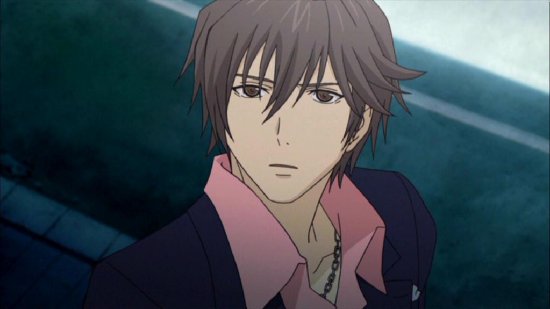
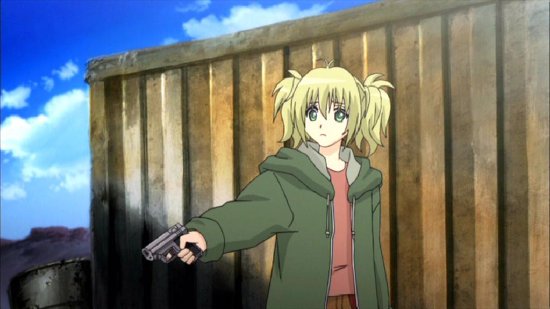
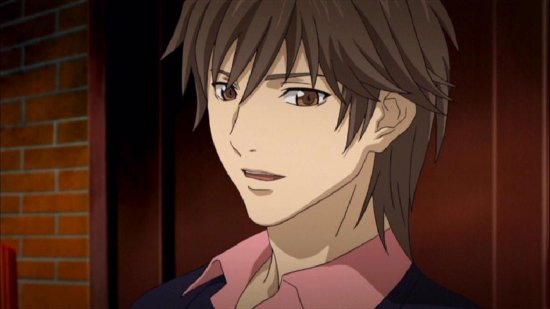
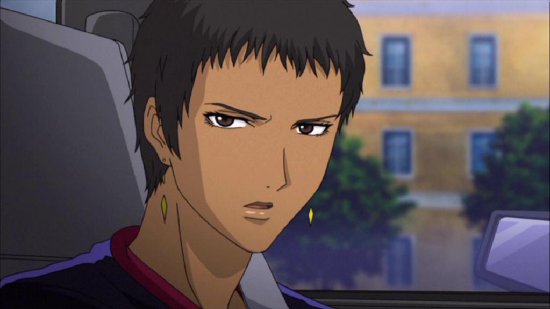
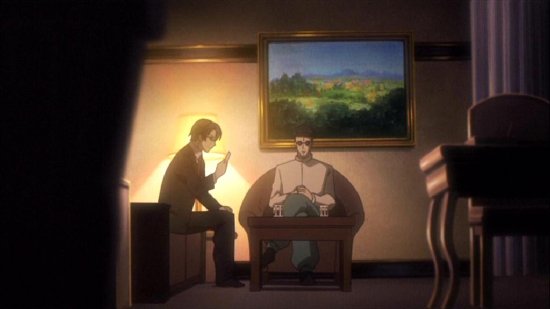
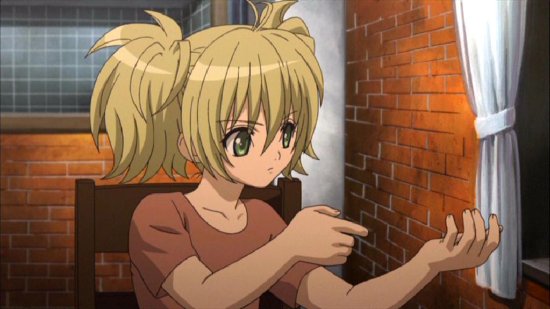
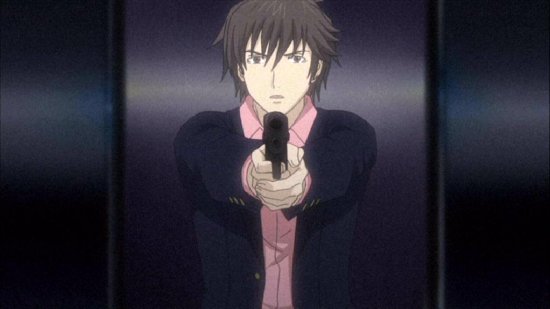
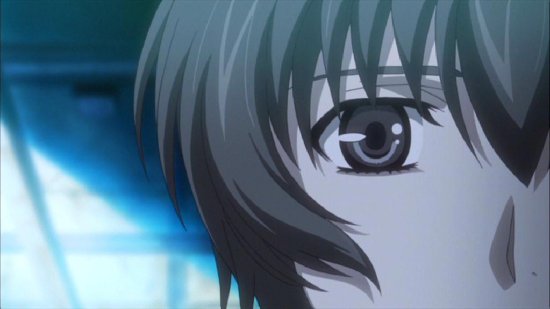
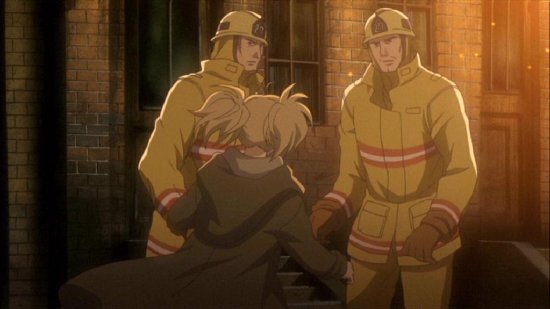
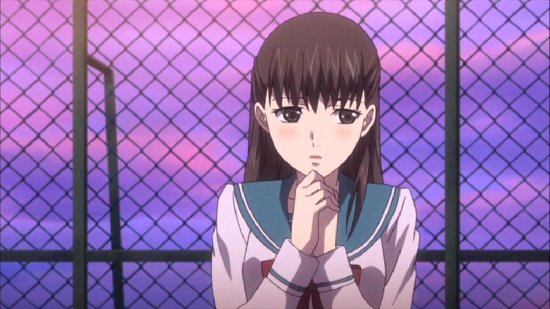
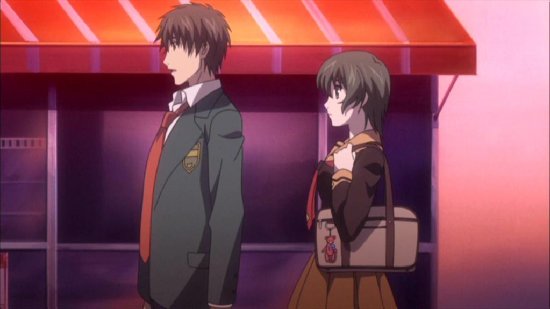
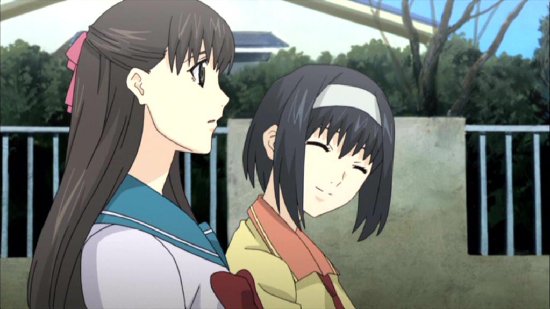
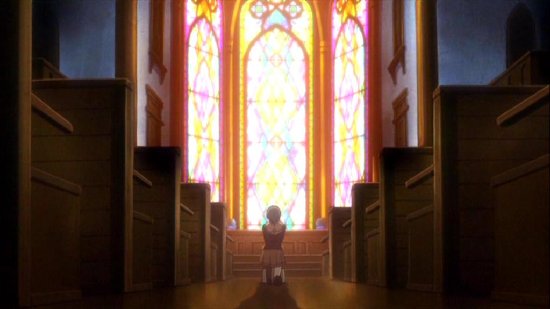
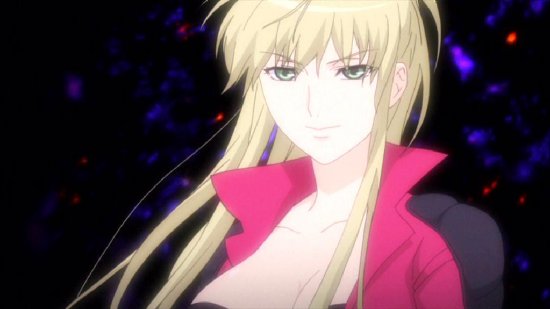

Your Opinions and Comments
Be the first to post a comment!